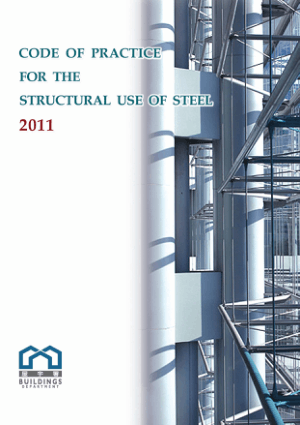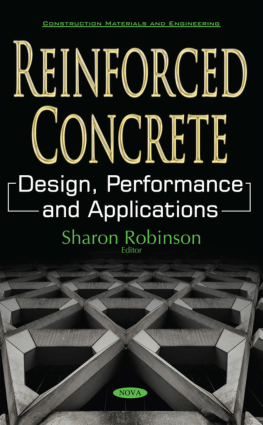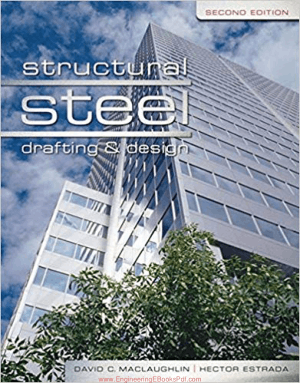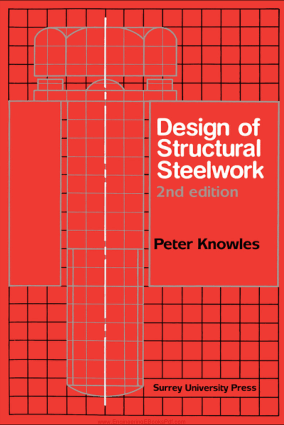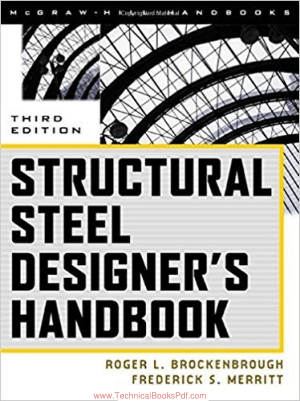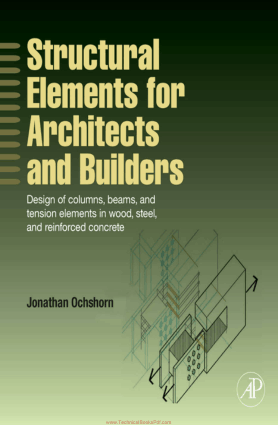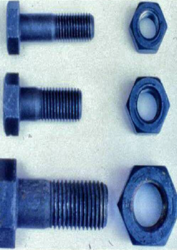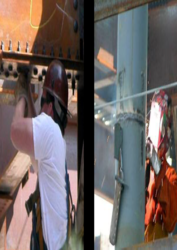CONTENTS Foreword………………………………………………………………..i Acknowledgments……………………………………………………………….. ii Contents……………………………………………………………….. …………iii List of Figures ………………………………………………………………………………….xiv List of Tables ………………………………………………………………..xvi 1 GENERAL…………………………………………………………………………………………..1 1.1 Scope……………………………………………………………………………………………. 1 1.2 Design Philosophy……………………………………………………………………………2 1.2.1 Aims of structural design………………………………………………………………………………………21.2.2 Design responsibility and assumptions…………………………………………………………………..21.2.3 Structural system, integrity and robustness…………………………………………………………….31.2.4 Overall stability……………………………………………………………………………………………………31.2.5 Limit state design ………………………………………………………………………………………………..31.2.6 Economy ……………………………………………………………………………………………………………31.2.7 Design working life………………………………………………………………………………………………31.3 References………………………………………………………………………………………………………………..41.4 Glossary of Terms and Definitions …………………………………………………………………………….41.4.1 General definitions ………………………………………………………………………………………………41.4.2 Structural element definitions………………………………………………………………………………..51.4.3 Structural behaviour definitions……………………………………………………………………………..61.4.4 Material behaviour definitions ……………………………………………………………………………….71.4.5 Section type definitions………………………………………………………………………………………..71.4.6 Connection definitions………………………………………………………………………………………….81.5 Major Symbols…………………………………………………………………………………………………………..82 LIMIT STATE DESIGN PHILOSOPHY ………………………………………………………………………..172.1 General……………………………………………………………………………………………………………………172.1.1 Introduction ………………………………………………………………………………………………………172.1.2 Simple design …………………………………………………………………………………………………..172.1.3 Continuous design …………………………………………………………………………………………….172.1.4 Semi-continuous design……………………………………………………………………………………..172.1.5 Design…
Tag: Structural Steel
Reinforced Concrete Design, Performance and Applications by Sharon Robinson
Concrete is one of the most used materials in the construction industry. In structural systems, the combination of concrete and steel reinforcement bars gives rise to reinforced concrete (RC), which is widely applied in the civil engineering field due to its adequate mechanical strength, durability, and fire resistance. Steel-rebar reinforced structures are subjected to structural deterioration when subjected to extreme loading such as earthquake, fire, impact loading and cyclic loading, consequently reducing the expected life and performance of structures. To enhance the structural performance, the RC structures are usually retrofitted…
Structural Steel Drafting and Design Second Edition by David MacLaughlin and Hector Estrada
Design of Structural Steel Work Second Edition by Peter Knowles
Structural Steel Designer’s Handbook Third Edition By Roger L Brockenbrough and Frederick S. Merritt
Structural Elements for Architects and Builders Design of Columns, Beams and Tension Elements in Wood, Steel and Reinforced Concrete By Jonathan Ochshorn
Contents Preface ……………………………………………………………………………………………………….. vii List of examples …………………………………………………………………………………………….ix List of appendices ………………………………………………………………………………………… xi CHAPTER 1 Statics ………………………………………………………………………………….. 1 Tributary areas ……………………………………………………………………….. 2 Equilibrium ……………………………………………………………………………. 7 Reactions ……………………………………………………………………………… 10 Internal forces and moments ………………………………………………….. 17 Indeterminate structures ………………………………………………………… 31 Strength of materials ……………………………………………………………… 33 CHAPTER 2 Loads ………………………………………………………………………………….. 39 Dead loads ……………………………………………………………………………. 39 Live loads …………………………………………………………………………….. 41 Environmental loads ………………………………………………………………. 46 CHAPTER 3 Material properties ……………………………………………………………. 61 Wood …………………………………………………………………………………… 63 Steel …………………………………………………………………………………….. 68 Reinforced concrete ……………………………………………………………… 70 CHAPTER 4 Sectional properties ………………………………………………………….. 73 Wood …………………………………………………………………………………… 73 Steel …………………………………………………………………………………….. 74 Reinforced concrete…
Structural Bolting and Types
The Research Council on Structural Connections (RCSC) prepares specifications and documents related to structural connections RCSC’s Specification for Structural Joints Using ASTM A325 or A490 Bolts (2000) is a widely used specification which discusses joints, fasteners, limit states, installation, and inspections Structural Bolting During hoisting, connectors will install a minimum of two bolts per connection • The rest of the bolts are installed and tightened after the structure is plumbed • A systematic pattern must be followed when tightening bolts so that a joint is drawn together and all fasteners…
Connecting Structural Steel
What Will You Gain From This Article • General knowledge of structural steel • An understanding of the different ways that structural steel is connected • Insight into types of bolts and their installation • An awareness of types of bolted joints used for structural steel • Knowledge of welding terminology, weld types, and welding processes • Familiarity with common weld inspection methods and considerations associated with field welding Benefits of Structural Steel Some benefits associated with the use of structural steel for owners are: • Steel allows for reduced…
